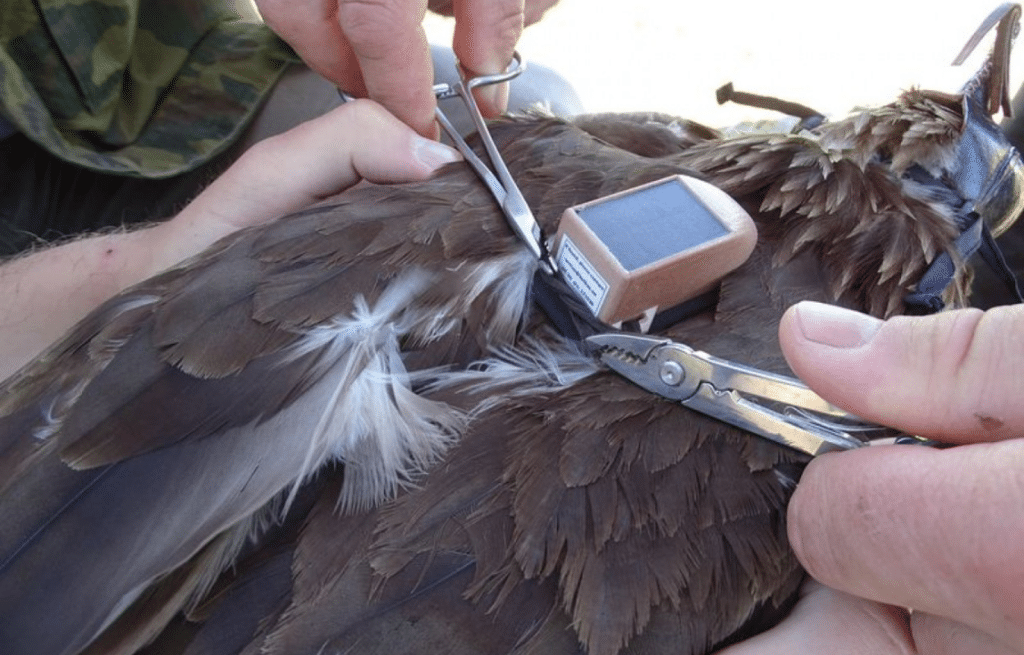Satellite Tracking To Help Prevent Bird Collisions With Uzbekistan’s Power Lines

ACWA Power is advancing its study on mitigating bird collisions with power lines by integrating satellite tracking of Asian houbara bustards. The project, part of a broader environmental responsibility initiative, aims to address gaps in measuring bird mortality and develop effective conservation strategies.
The study will monitor captive-bred houbara fitted with satellite transmitters to track their survival after potential collisions. By analyzing movement patterns, researchers hope to determine the true impact of power lines on bird mortality. Professor Paul Dolman from the University of East Anglia emphasized that many collision-related deaths go undetected.
«If a bird is injured and moves away before dying, traditional surveys won’t record it. Satellite tracking allows us to understand the full extent of the problem,» he explained at a press conference on February 17 in Uzbekistan’s Tashkent.
Another key aspect of the project is assessing whether releasing captive-bred birds can offset population losses. Scientists will evaluate whether these birds can successfully migrate and reproduce in the wild.
«Simply replacing a lost wild bird is not enough—we need to ensure released birds survive and integrate into natural populations,» Dolman added.
John Zaidi, head of ACWA Power in Uzbekistan, emphasized the company’s commitment to balancing energy expansion with biodiversity protection.
«As a strategic long-term investor, environmental issues are core to our global energy transition strategy, especially in Uzbekistan. This experiment is a crucial step in ensuring sustainable development,» he stated.
The project, supported by international experts and local institutions, is set to refine conservation strategies while maintaining energy infrastructure growth. The next steps include formalizing research protocols and securing permits to proceed with large-scale tracking and mitigation efforts.

